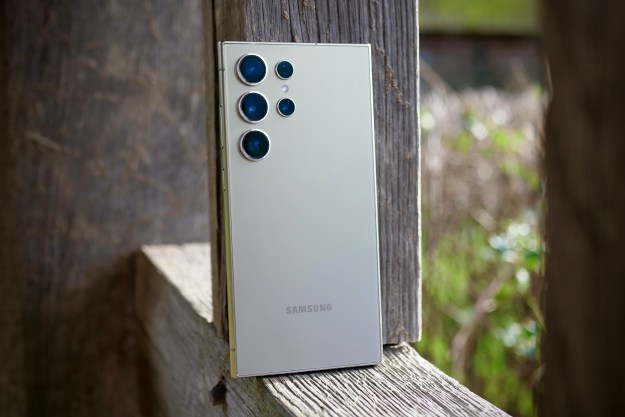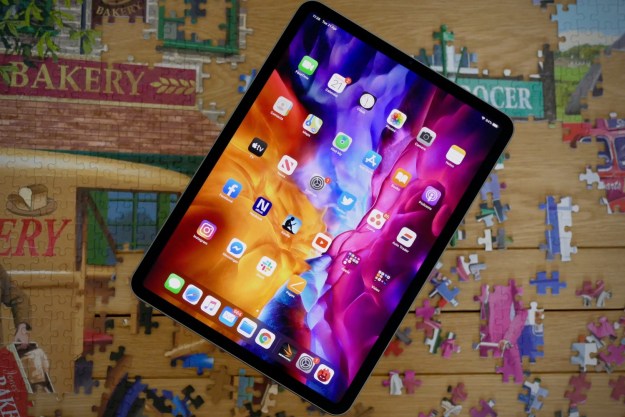Apple is exploring keyboard designs that are better suited for the iPad than for conventional notebooks. In a new patent titled “Portable Computing Input Devices and Methods,” the company has outlined a handful of ways it’s experimenting to address “the shortcomings of conventional keyboards and their associated input methods” and the cramped sizes of portable keyboards that are “limited by the size of the portable computing devices themselves.”
A team of Apple designers is considering equipping iPad keyboards with a range of additional sensors such as “touch sensors, contact intensity sensors, and/or microphones” that can potentially allow the user to do more without expanding the overall size of the device.
The result will be a set of new multi-functional keys that could sense pressure and other actions to perform different functions based on, for instance, how hard someone presses the key. Another example Apple shares are contextual keys that work depending on which app you’re in at the moment. They could be employed to view the share sheet or some other relevant app-specific menu.
What’s more, the patent discusses at length a “notification key” that will pull down the notification shade as long as the user presses it and withdraws it automatically when their finger is lifted. Future iPad keyboards may also feature arrow keys that will respond and scroll faster or slower based on your hold’s intensity — akin to a user taking their foot off the accelerator pedal on a car, as Apple puts it.

To free up room for these extra sensors, the patent proposes replacing less frequently accessed keys found on conventional full-size keyboards with these so-called new multi-functional keys.
That’s not all. The patent even mentions fitting vertical touch strips on either side of the keyboard that could be used for a number of purposes like scrolling, bringing up the notification center or the dock of apps, and more. These touchscreens could also support 3D Touch by offering a wider array of possibilities and gestures. It’s worth noting that one of the patent’s authors, Jeffrey T. Bernstein, is listed as an inventor for a patent on a “Force Touch” Mac keyboard.
Apple has been actively focusing on its iPad line of tablets of late and the role they can potentially play in consumers’ workflows. On the latest Magic Keyboard for the iPad Pro, the company also added a traditional trackpad. Although it can take years for patented ideas to land on consumer products, the ones outlined here do seem to fit well in Apple’s current strategy and could further augment productivity on the iPad.
Editors' Recommendations
- Apple accidentally revealed a big iPad Pro display upgrade
- You may have to wait a while longer for new iPads
- This is when Apple will finally release its new 2024 iPads
- Apple may announce new iPads next month. Here’s everything we expect
- Apple’s new iPad Pro may not be as expensive as we feared




